
1. Khatta Mittha Bhaat :
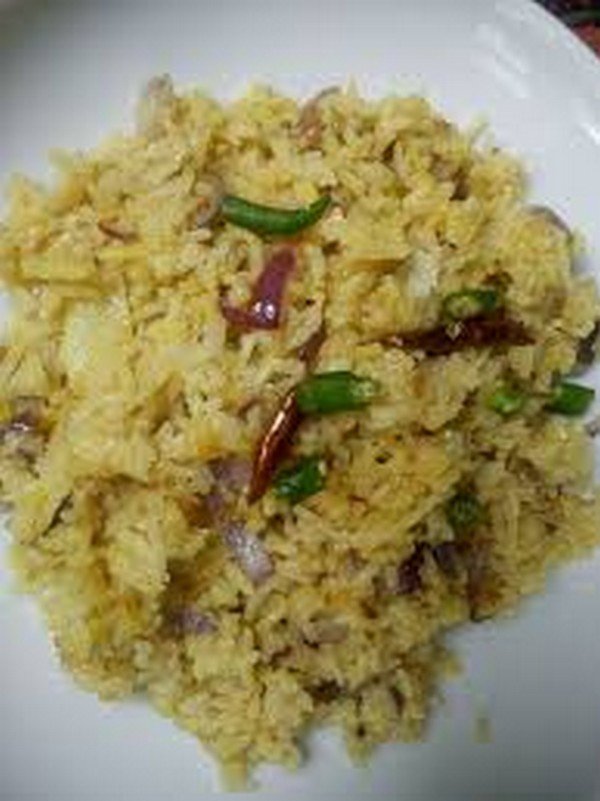
Infused Khaman Dhoklas I call them that because these spongy khamans have been infused with a sugar-lime juice solution to give it that authentic street taste. all the credit goes to my Mil for teaching me this trick. I had been making this the regular way, by adding tadka on top…but by letting the sugar-lime solution soak in the khaman, it takes on a whole new flavor…one that you re sure to enjoy.
2. Doodhpak :
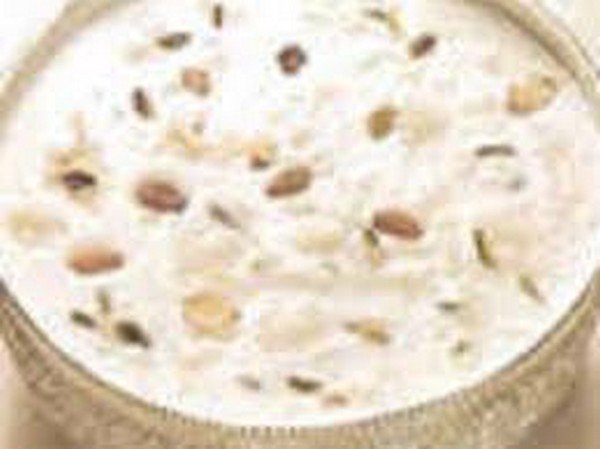
Rice pudding made by boiling rice with milk and sugar, and flavoured with cardamom, raisins, saffron, cashews, pistachios, or almonds. It is typically served as a dessert. Doodhpak is a dessert dish, a kind of rice pudding made from milk, rice, saffron and nuts, accompanied by pooris. The milk is slow-boiled to thickened and sweetened and the dish is garnished with chopped almonds. Doodhpak originates from Gujarat.
3. Aamras :
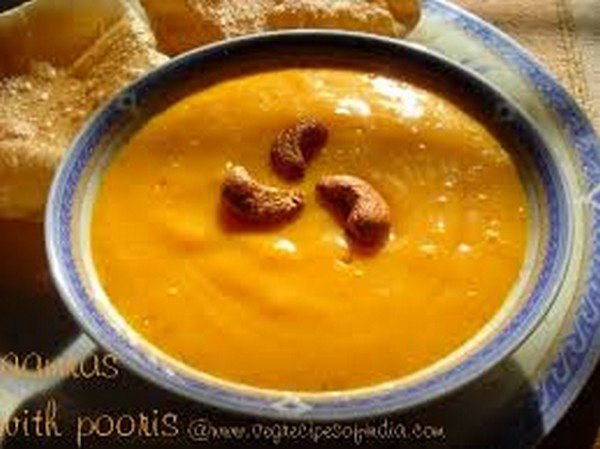
Aamras or Amras is the pulp of the tropical fruit Mango eaten in India. The pulp of a ripe fruit is extracted usually by hand and consumed along with Chapati. At times ghee and milk are added to the pulp to enhance its flavour. Sugar is also added to adjust the sweetness.A regional version of Amras is a popular dessert in Rajasthani cuisine and Marwari, Maharashtra, Gujarati homes, especially during festivities.Since the fruit is seasonal, being harvested at the end of summer, the need to preserve the fruit in the form of pulp has given rise to a moderately large Mango processing industry.
4. Bhajia :
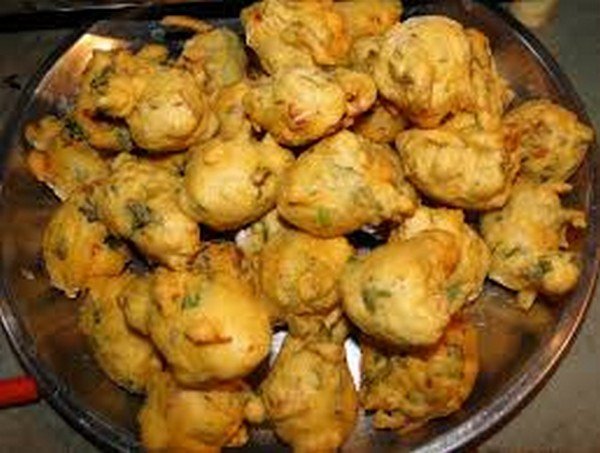
Like all traditional bhajias, kand na bhajia is also made by deep-frying thin slices of purple yam dipped in a gram flour batter. However, the coriander seeds, sesame seeds and the freshly-ground pepper powder that are added just before frying give it an edge over its counterparts! serve this on a rainy day, accompanied by a cup of piping hot tea or coffee to enhance the experience.
5. Ghari :
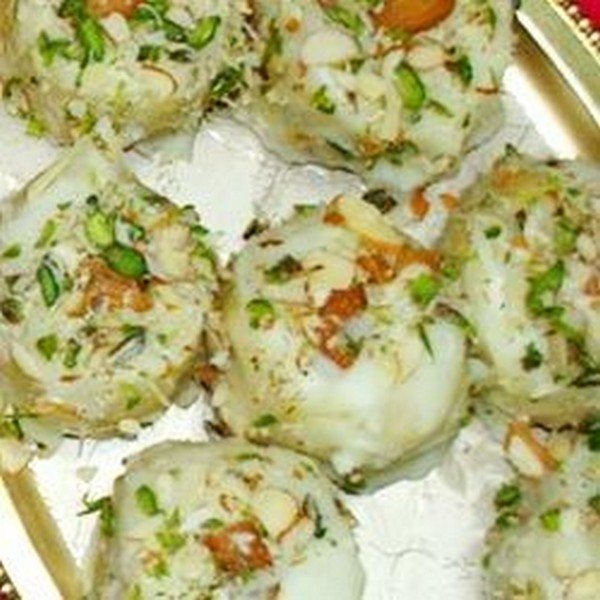
Ghari or Surati Ghari is a sweet dish from Gujarati cuisine, from the region of Surat. Ghari are made of puri batter, milk mawa , ghee and sugar – made into round shapes with sweet filling, to be consumed on Chandani Padva festival. It is also available in many varieties and flavours such as pistachio, almond-elachi and mawa.Ghari was prepared by the cooks of Tatya Tope to provide extra strength to the freedom fighter s soldiers. However, it began to be consumed during inauspicious occasions too, particularly by people of some castes in the crematorium for peace to the soul of the dead.
6. Mixed Dal :

The state of Gujarat is located on Indias northwestern coast just above Maharashtra state. The cuisine of Gujarat is primarily vegetarian in nature. Gujarati food is a delicate balance of sweet, salty and spicy flavors. Fresh seasonal vegetables served along with various dals or beans, rice and Indian flatbreads are usually part of a typical Gujarati meal.This delicious mixed dal recipe is simple, easy to prepare and absolutely delicious. It is also a rich source of protein.The pressure cooker is absolutely indispensable in the Indian kitchen. It cooks dals, beans, lentils, vegetables, rice, chicken and lamb in mere minutes (as opposed to hours). The result is a fully cooked and tender final product that is cooked by a fast and healthy method. Pressure cookers can be a little intimidating at first, but I highly recommend using one especially for Indian meals. Pressure cookers will make your life easier and are a wonderful time saver. The newer modern pressure cookers are inexpensive and much safer to use. They are also easily available in most home and kitchen appliance stores.
7. Momordica charantia :

Momordica charantia often called bitter melon, bitter gourd or bitter squash in English, has many other local names. Goya from the indigenous language of Okinawa and karavella from Sanskrit are also used by English-language speakers.It is a tropical and subtropical vine of the family Cucurbitaceae, widely grown in Asia, Africa, and the Caribbean for its edible fruit, which is extremely bitter. Its many varieties differ substantially in the shape and bitterness of the fruit.Bitter melon originated on the Indian subcontinent, and was introduced into China in the 14th century.

